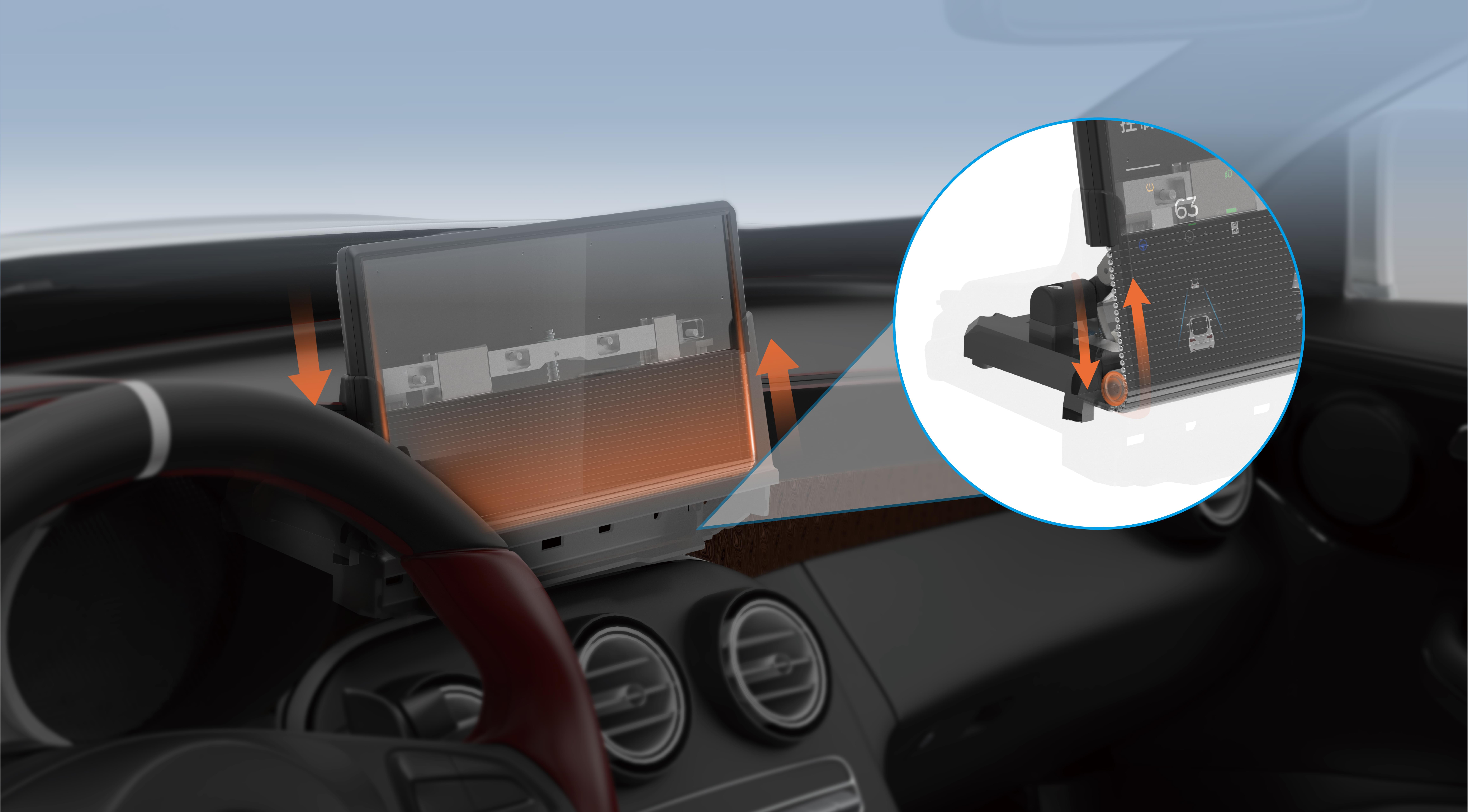Ever wondered how to effortlessly scale your application without drowning in code complexity? Enter microservices in Java—a game-changer for modern development. Picture this: breaking down a monolithic app into tiny, manageable parts that work together like a well-oiled machine. That’s what microservices do. They let you build, deploy, and scale features independently, which means your team can roll out updates faster than ever.

When diving into microservices, Java remains one of the top choices. Its maturity, vast ecosystem, and strong community support make it a perfect fit. But how exactly does Java fit into the microservices puzzle? Well, frameworks like Spring Boot simplify the whole process. They turn complex architecture into manageable chunks. You can create a service for user authentication, another for payment processing, and keep them running smoothly without waiting for the entire system to update. Imagine rewriting just one brick in a wall without demolishing the whole structure—that’s what microservices flexibility brings.
But, here's a question: isn’t managing multiple services complicated? That’s a fair concern. However, with tools like Docker and Kubernetes, deploying and orchestrating microservices becomes a breeze. They handle containerization and scaling seamlessly. Also, the ability to troubleshoot smaller parts individually means fewer headaches when bugs pop up. Troubleshooting a tiny service is way easier than hunting through stacks of code in a monolith.
Thinking about performance? Microservices architecture can optimize resource use. Instead of deploying a giant, resource-hungry application, you deploy smaller, focused services. They use resources more efficiently, and if one service gets overwhelmed, you can scale just that part. It’s like having a team of specialists rather than a jack-of-all-trades—it improves efficiency and resilience.
So, what about real-world examples? Many big platforms rely on microservices in Java. From banking apps to streaming services, they all benefit from the agility microservices enable. When a new feature is needed, teams can develop and deploy it in isolation, drastically reducing downtime. And if uptime is critical, microservices offer redundancy—if one service fails, others can pick up the slack.
Switching to microservices isn’t just a tech upgrade; it’s a strategic move. It offers modularity, scalability, and resilience. Plus, Java’s robustness complements this architecture perfectly. Whether you’re running small projects or huge enterprise systems, microservices in Java adapt effortlessly.
In the end, it's all about making technology serve your goals better—faster deployment, easier updates, and better reliability. If you want to see these benefits firsthand, diving into microservices with Java is the way to go. It’s not just a trend; it’s a revolution that keeps evolving. Jump in, break down those walls, and build a system that’s ready for whatever comes next.
Established in 2005, Kpower has been dedicated to a professional compact motion unit manufacturer, headquartered in Dongguan, Guangdong Province, China. Leveraging innovations in modular drive technology, Kpower integrates high-performance motors, precision reducers, and multi-protocol control systems to provide efficient and customized smart drive system solutions. Kpower has delivered professional drive system solutions to over 500 enterprise clients globally with products covering various fields such as Smart Home Systems, Automatic Electronics, Robotics, Precision Agriculture, Drones, and Industrial Automation.




































